Table of content
Stir-frying is a cornerstone of Asian cuisine, celebrated for its ability to transform simple ingredients into flavorful, aromatic dishes. Central to the success of any stir-fry is the choice of beef—a protein that, when selected and prepared correctly, delivers a melt-in-your-mouth texture that elevates the entire meal. However, navigating the butcher’s counter or meat aisle can be daunting, as beef is categorized into numerous cuts, each with distinct characteristics. This article delves into the anatomy of beef, explores the science of tenderness, and provides actionable insights to help home cooks and culinary enthusiasts alike select the perfect cut for their next stir-fry.
Understanding Beef Anatomy: Primal Cuts and Their Qualities
To comprehend why certain beef cuts are tenderer than others, one must first grasp the basic anatomy of a cow. Cattle are divided into eight primal cuts, each originating from specific muscle groups that vary in function and, consequently, tenderness. These primal cuts include the chuck, rib, loin, round, flank, brisket, shank, and short plate.
- Chuck: Located in the shoulder area, this cut is well-exercised, resulting in robust flavor but moderate tenderness. It is often used for slow-cooking methods like braising.
- Rib: Renowned for its marbling and tenderness, the rib primal includes cuts like ribeye steak, prized for their rich flavor.
- Loin: This region, spanning the back of the cow, is home to some of the most tender cuts, including tenderloin (filet mignon), strip steak, and T-bone steak.
- Round: Found in the hindquarter, round cuts are lean and less tender, making them ideal for roasting or grinding.
- Flank: A flat, muscular cut from the abdominal area, flank steak is flavorful but requires careful cooking to avoid toughness.
- Brisket: A tough, fatty cut from the breast, brisket is best suited for low-and-slow smoking or braising.
- Shank: Extremely muscular and sinewy, shank is used primarily for stocks and stews.
- Short Plate: This area, near the belly, includes cuts like skirt steak, which are flavorful but chewy if not prepared properly.
For stir-frying, the goal is to prioritize cuts with minimal connective tissue and adequate marbling, as these factors directly impact tenderness.
The Science of Tenderness: Marbling, Muscle Fibers, and Aging
Tenderness in beef is influenced by three primary factors: marbling, muscle fiber density, and aging processes.
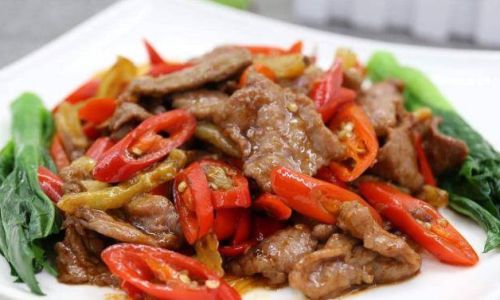
- Marbling: This refers to the intramuscular fat distributed within the meat. Marbling enhances flavor and moisture retention while acting as a natural tenderizer during cooking. Cuts like ribeye and tenderloin are prized for their high marbling.
- Muscle Fiber Density: Muscles that are less exercised, such as those in the loin, have finer fibers, resulting in a softer texture. Conversely, heavily used muscles, like those in the chuck or round, develop coarser fibers, leading to chewiness.
- Aging: Both wet-aging (vacuum-sealed refrigeration) and dry-aging (controlled decomposition) break down muscle fibers, enhancing tenderness. Aged beef often commands a premium price due to its improved texture.
For stir-frying, which involves high-heat, rapid cooking, selecting a cut with inherent tenderness is critical, as the short cooking time limits the breakdown of tough fibers.
Top 5 Tender Beef Cuts for Stir-Frying
Tenderloin (Filet Mignon)
The tenderloin, located in the loin primal, is the most tender cut of beef. It is exceptionally lean with minimal marbling, making it ideal for stir-fries where a delicate texture is desired. However, its lack of fat means it can dry out if overcooked.
Preparation Tips:
- Slice against the grain into thin, uniform strips.
- Marinate briefly in a mixture of soy sauce, cornstarch, and baking soda to tenderize further.
- Cook over high heat for no more than 2–3 minutes to preserve moisture.
Sirloin (Top Sirloin)
Sirloin, cut from the rear back portion, offers a balance of tenderness and beefy flavor. While slightly chewier than tenderloin, it remains a popular choice for stir-fries due to its affordability and versatility.
Preparation Tips:
- Opt for top sirloin over bottom sirloin, as the former is more tender.
- Use a meat mallet to pound slices to an even thickness.
- Pair with bold sauces like black pepper or oyster sauce to complement its robust flavor.
Flank Steak
Flank steak, a flat cut from the abdominal area, is lean and flavorful but requires meticulous preparation. When sliced correctly against the grain, it becomes remarkably tender.
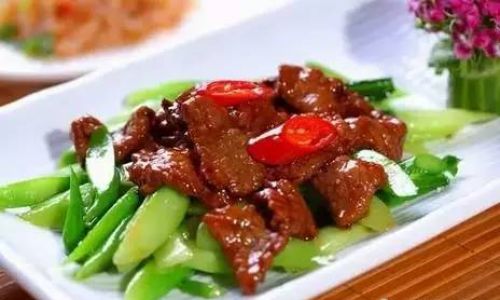
Preparation Tips:
- Marinate for at least 30 minutes in an acidic mixture (e.g., lime juice, vinegar) to tenderize.
- Slice thinly at a 45-degree angle to maximize tenderness.
- Avoid overcooking; medium-rare is ideal.
Skirt Steak
Skirt steak, from the diaphragm muscles, is known for its rich beefy taste. Though initially tough, it responds well to marinating and high-heat cooking.
Preparation Tips:
- Marinate for 2–4 hours in a mixture of oil, acid, and aromatics.
- Cook quickly over searing heat to achieve a caramelized crust.
- Slice against the grain into thin strips.
Strip Steak (New York Strip)
Strip steak, from the short loin, combines tenderness with generous marbling. It is slightly firmer than tenderloin but offers superior flavor.
Preparation Tips:
- Trim excess fat to prevent flare-ups during cooking.
- Slice into bite-sized pieces against the grain.
- Sear briefly to lock in juices before stir-frying.
Factors to Avoid When Selecting Beef for Stir-Fries
Certain cuts are ill-suited for stir-frying due to their toughness or fat content. These include:
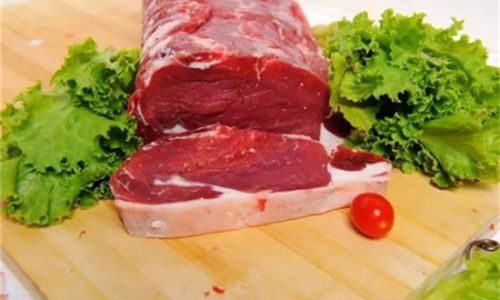
- Chuck Roast: High in connective tissue, requiring slow cooking.
- Brisket: Too fatty and fibrous for quick cooking.
- Round Steak: Lean but prone to dryness if overcooked.
- Shank: Excessively sinewy and better suited for stews.
Advanced Techniques to Maximize Tenderness
Even the toughest cuts can be tenderized with the right approach:
- Velveting: A Chinese technique involving marinating meat in egg white, cornstarch, and soy sauce to create a protective coating that seals in moisture.
- Mechanical Tenderization: Pounding with a mallet or using a jaccard tool to pierce the meat disrupts muscle fibers.
- Baking Soda: A pinch added to marinades raises the pH, denaturing proteins and enhancing tenderness.
- Resting: Allowing meat to rest after cooking redistributes juices, preventing dryness.
Pairing Beef with Stir-Fry Ingredients
The success of a stir-fry extends beyond the beef cut. Complementary ingredients and sauces amplify flavor and texture:
- Vegetables: Bell peppers, broccoli, snap peas, and carrots add crunch and color.
- Aromatics: Garlic, ginger, and scallions infuse the dish with depth.
- Sauces: Soy sauce, hoisin, oyster sauce, and rice vinegar balance richness with acidity.
- Oils: Peanut or vegetable oil with high smoke points ensure even cooking.
Common Mistakes and How to Avoid Them
- Overcrowding the Pan: Cook in batches to maintain high heat and prevent steaming.
- Overcooking: Remove beef from the pan while slightly underdone, as residual heat continues cooking.
- Slicing With the Grain: Always cut perpendicular to muscle fibers for tenderness.
- Skipping the Marinade: Even 15 minutes of marinating can improve texture and flavor.
Cultural Perspectives on Tender Beef Stir-Fries
In Chinese cuisine, the pursuit of tenderness is so revered that specific cuts are named for their texture. For example, hangar steak (a Western cut) is prized in Sichuanese gong bao ji ding (Kung Pao chicken), though beef variants exist. Similarly, in Korean bulgogi, thinly sliced sirloin or tenderloin is marinated in a sweet soy-based sauce, highlighting the interplay between tenderness and flavor.
Conclusion: The Art and Science of Perfect Stir-Fry Beef
Selecting the tenderest beef for stir-frying is a blend of culinary knowledge and practical technique. By understanding beef anatomy, prioritizing cuts like tenderloin, sirloin, and flank steak, and employing advanced tenderizing methods, home cooks can achieve restaurant-quality results. Remember that tenderness is not solely about the cut—it is also about respect for the ingredient, from marinating to mastering the wok’s heat. Whether you prefer the luxurious melt of tenderloin or the robust character of skirt steak, the key lies in balancing science and tradition to create a dish that delights the palate and honors the craft of stir-frying.
Final Tip: Experiment with different cuts and marinades to discover your personal preference. After all, the joy of cooking lies not just in perfection, but in the journey of discovery.
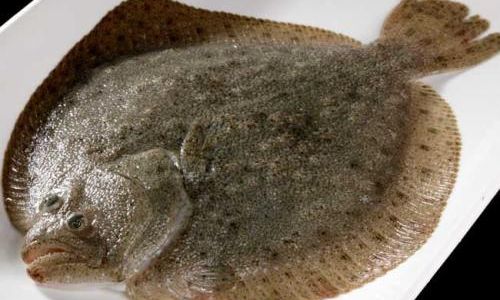
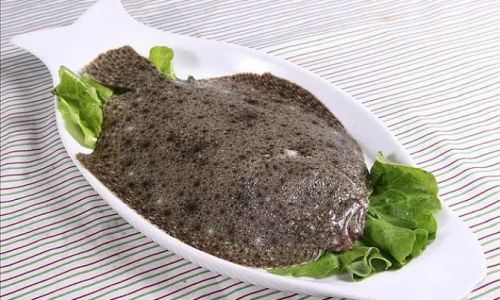
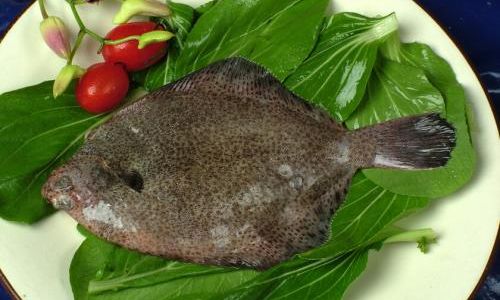

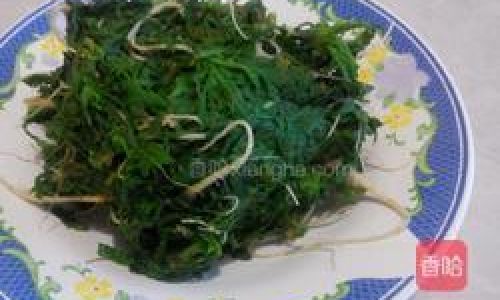

0 comments